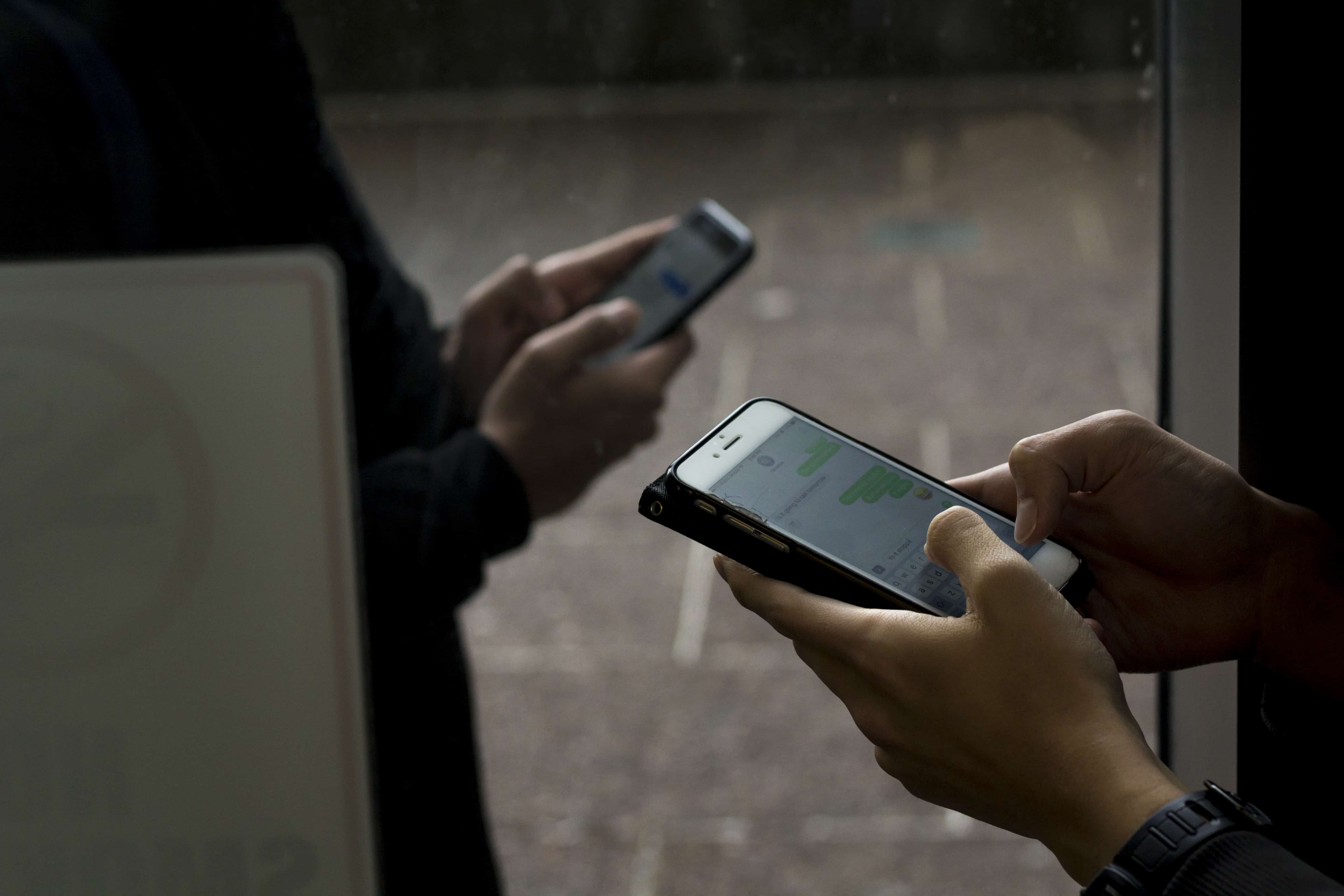In a landmark decision, the Supreme Court of Canada ruled on February 14 that individuals are entitled to a reasonable expectation of privacy in public spaces. This decision comes from the case of Ryan Jarvis, a former Ontario high school teacher, whom the Supreme Court found guilty of voyeurism after he secretly videotaped students.
The court’s ruling set the precedent that one’s “reasonable expectation of privacy” can no longer be purely based on one’s location, but instead as a “totality of circumstances” that vary on a case-by-case basis.
In other words, Canada’s highest court ruled clearly that taking photos with sexual intent and without consent in public spaces — which could ostensibly include University of Toronto libraries and residence buildings — can be a criminal act, and individuals in these spaces may be entitled to a reasonable expectation of privacy.
Canadian Civil Liberties Association’s intervention
Jarvis was charged with voyeurism for using a camera concealed in a pen to secretly videotape the cleavage of female students and a female teacher in a high school in 2010–2011.
He was acquitted of the charges by a lower court, and this decision was upheld by the Ontario Court of Appeal. However, a single dissenting judge on the appeal court created the opportunity for the Canadian Civil Liberties Association (CCLA) to bring the case to the Supreme Court.
The CCLA’s mission is to protect the civil liberties of individuals in Canada.
Explaining why the CCLA stepped in, Dr. Brenda McPhail, Director of the CCLA’s Privacy, Technology, and Surveillance Project, wrote to The Varsity that it “intervenes in cases to stand up for rights and freedoms, and in the Jarvis case, there was a clear need to stand up for privacy rights.”
The lower courts acquitted Jarvis, explained McPhail, because “part of the voyeurism offence requires it to happen in circumstances that give rise to a reasonable expectation of privacy.” While the trial judge found that Jarvis had violated students’ privacy, he was not convinced that the videos were filmed with sexual intent. But the Court of Appeal later ruled that, since there were security cameras in the school, there was no reasonable expectation of privacy for the students and the teacher.
The CCLA “felt strongly that this was wrong,” continued McPhail. It held the belief that it would be “deeply problematic to say that because someone might be legally using a security camera, their decision to do so wipes out the privacy rights of everyone in the vicinity.”
Why the courts arrived at different decisions
U of T Faculty of Law Associate Professor Vincent Chiao, who specializes in criminal law and justice, explained that the lower courts arrived at a different decision than the Supreme Court because they have different functions.
“There’s a distinction between two types of questions that courts will decide.”
The first is a “question of fact,” explained Chiao, while the second is a “question of law.” As its name suggests, the first establishes the facts, such as, “Where were you at 3:00 pm on Tuesday?” The second determines the courts’ interpretations of the law.
In this case, the question of law was, “What is a reasonable expectation of privacy?” said Chiao. The lowest court is concerned with questions of fact, but the Supreme Court is concerned with the question of law.
Interpreting the Supreme Court’s view of the case that led to its unanimous decision, Chiao said that the court viewed the privacy of a school as “public for some purposes, but private for other purposes.”
“So it’s public in the sense that they might expect to be seen by other students or teachers, but private in that they would not expect to be recorded for purposes of sexual gratification. I’m going to think that’s the nature of the disagreement between the two courts.”
Takeaways of the case for university students
A main takeaway for university students, said Chiao, is the idea that legal definitions of common terminology often differ from everyday usage.
Chiao noted that while Jarvis’ actions may be creepy and reprehensible, the Court of Appeal may not have found them relevant to privacy rights.
Jarvis wasn’t “sneaking into the girls’ changing room” or a private area in the school; he was “in public spaces interacting with the students in a way that he normally would have,” except for the voyeuristic recording.
While immoral, Chiao noted that it’s not really a matter of privacy in the everyday use of the term.
That said, Chiao noted, “It seems like a pretty sensible outcome on the Supreme Court’s view.” If the Supreme Court acquitted Jarvis, it would affirm that teachers may be allowed to secretly take pictures of students for sexual gratification. The court’s definition of privacy ensured this would not be the case.
“Privacy is something we need and deserve, it is a human right,” wrote McPhail on the case. “Students need to be in schools to get an education, and [schools are] places we as a society say our young people need to be safe.”


